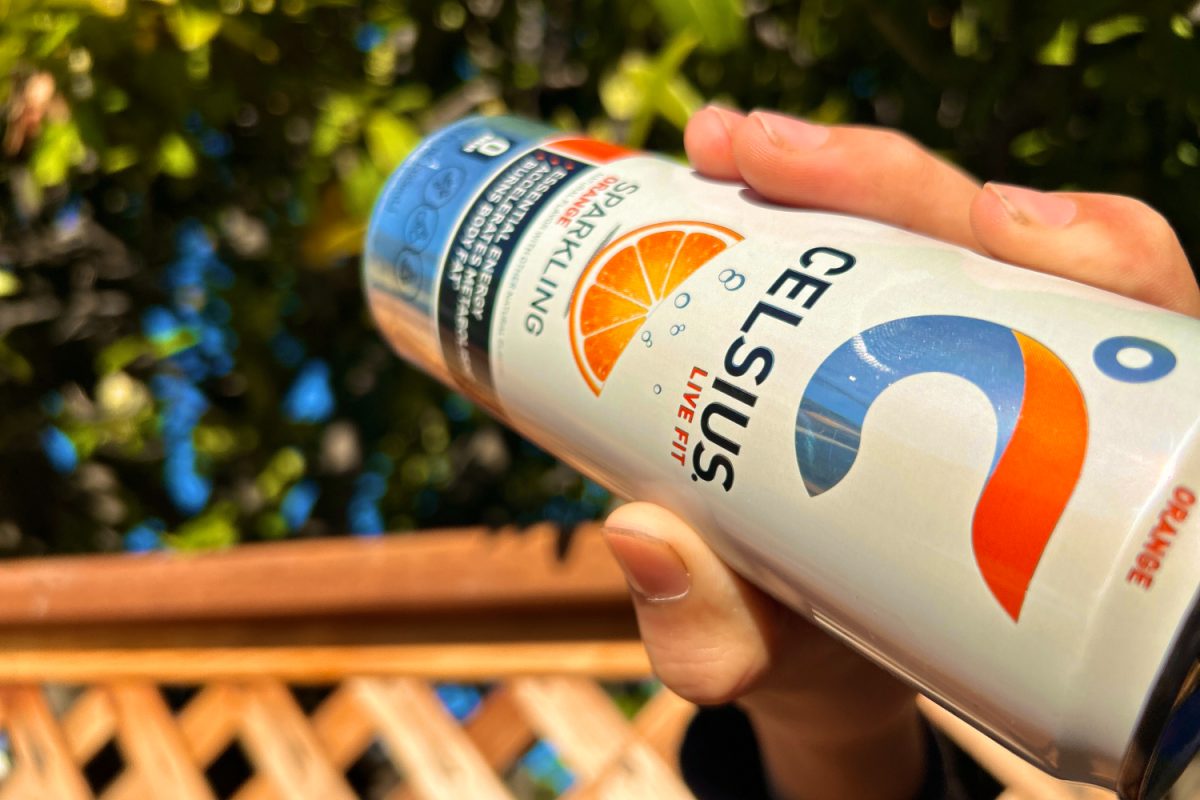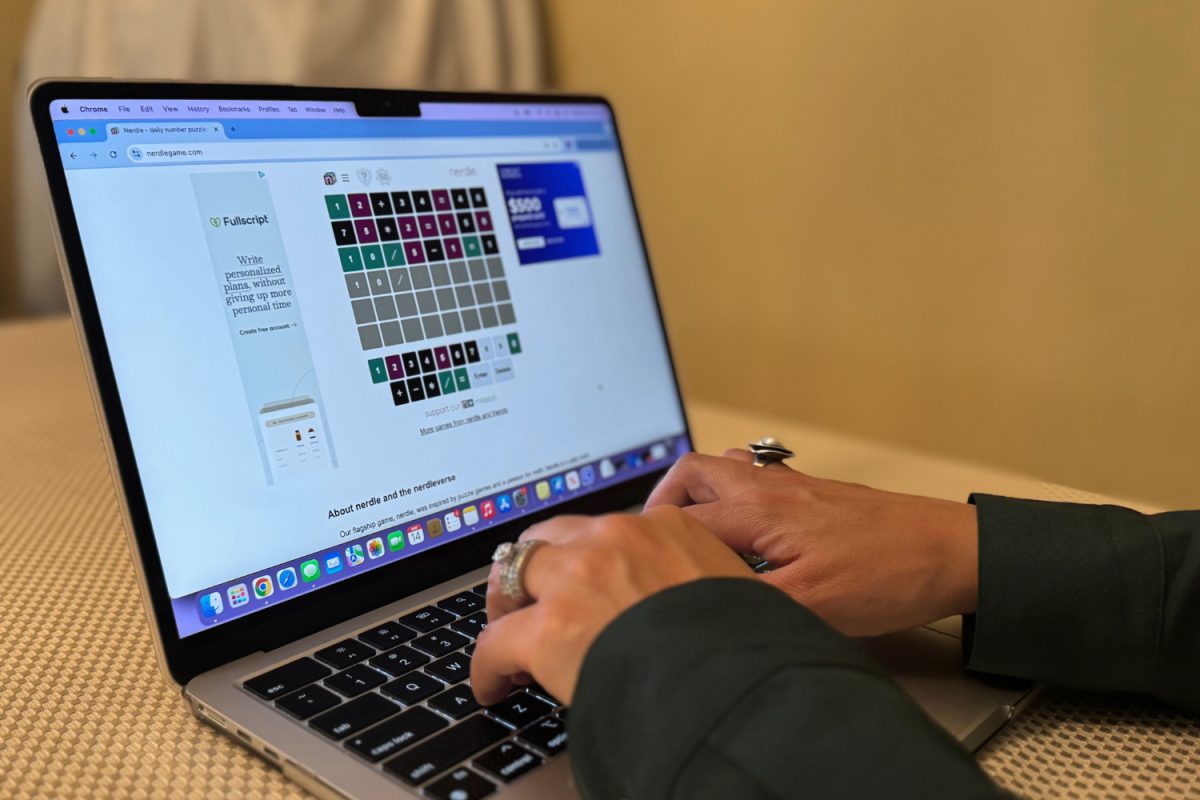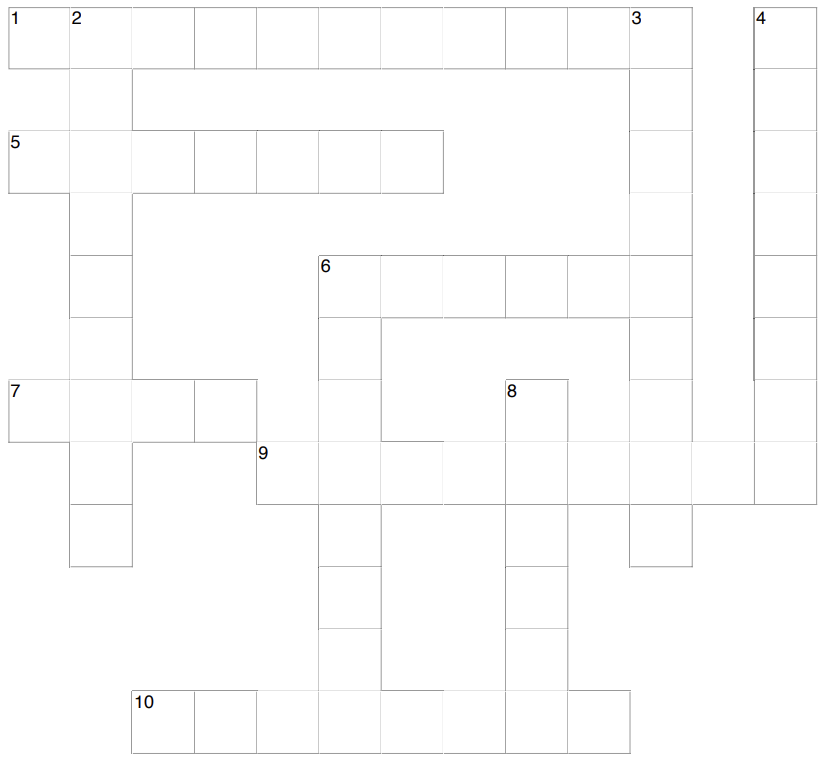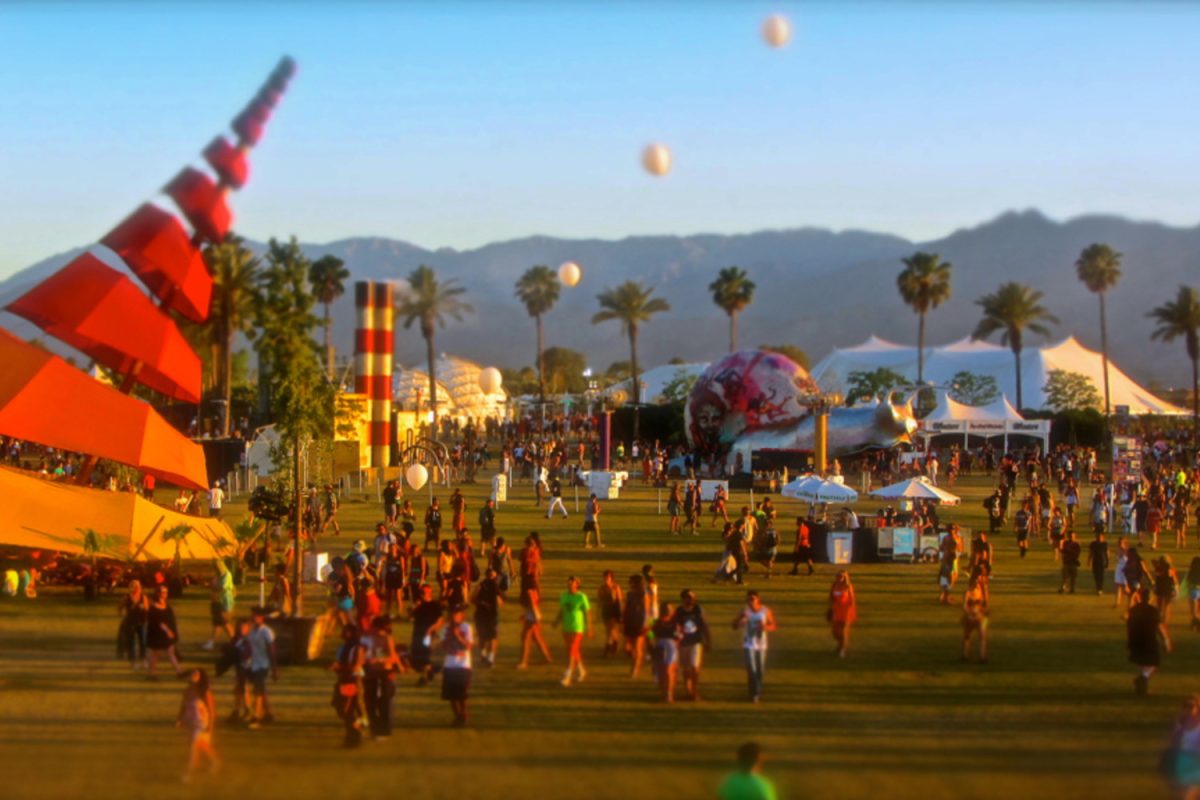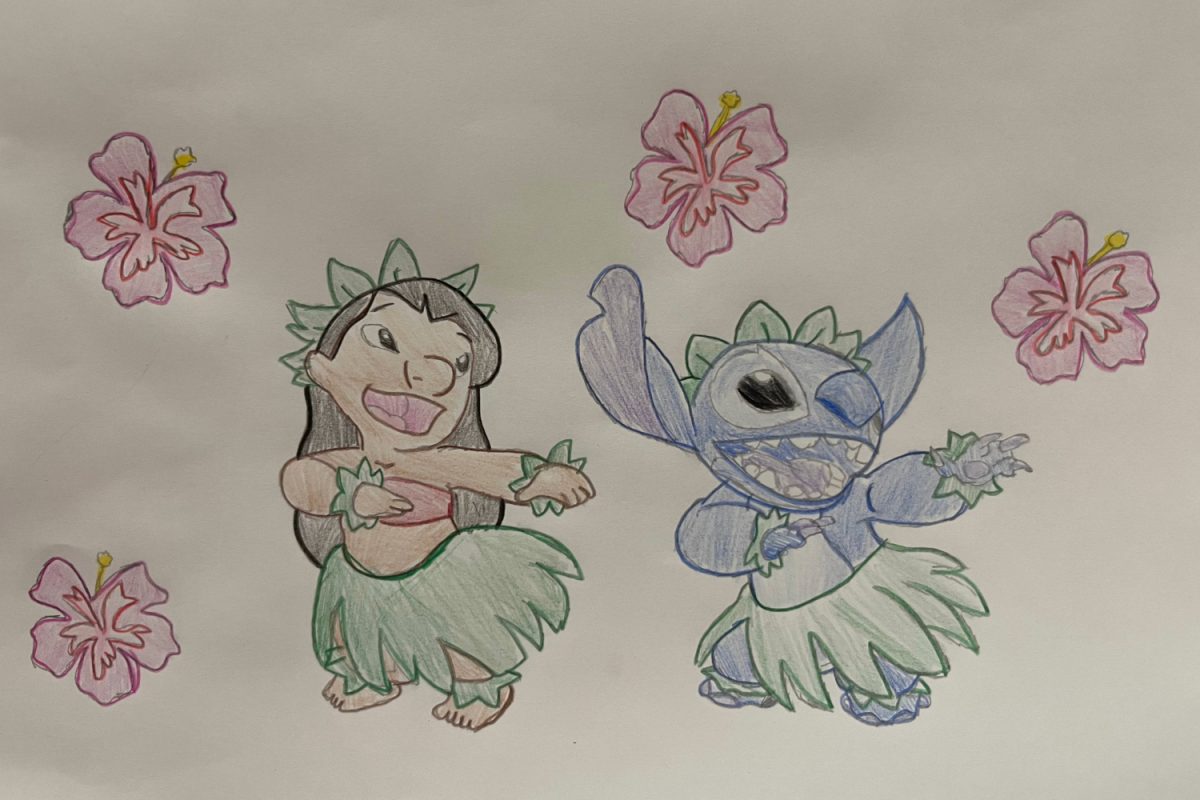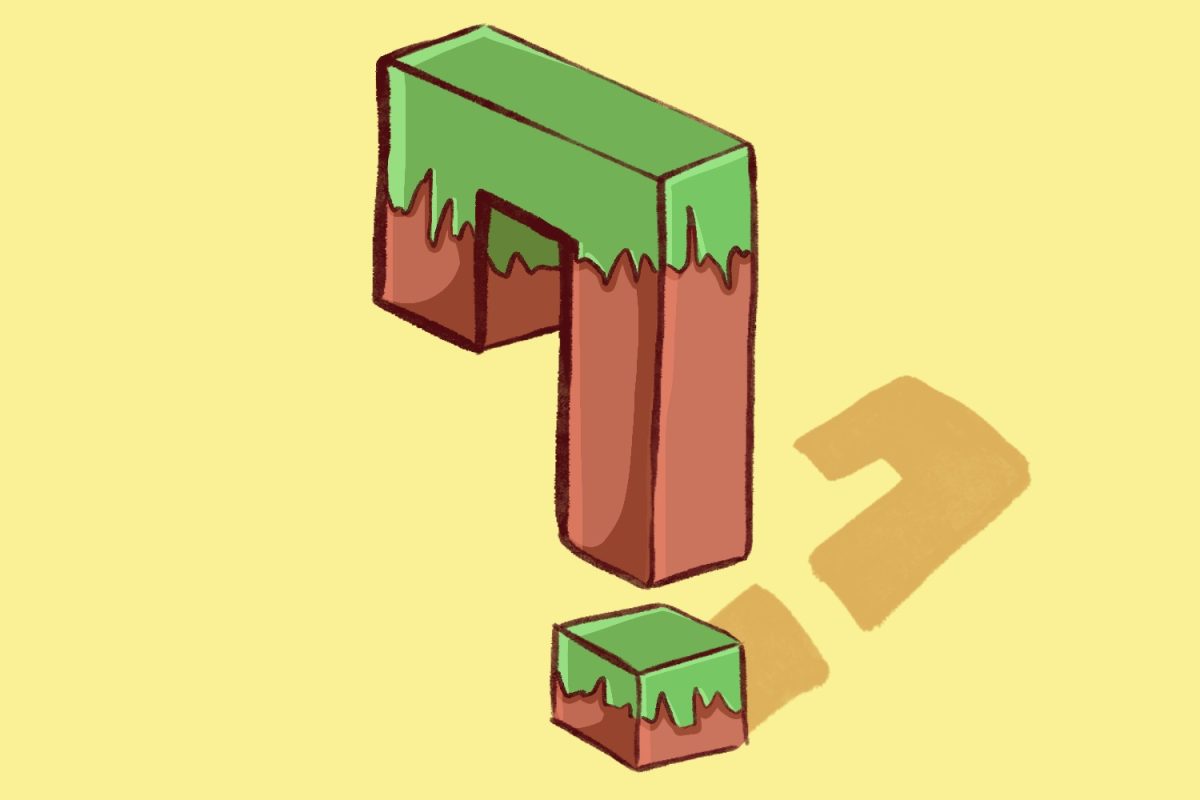In an environment fueled by stress and pressure, a new trend has emerged among teenagers: the surging popularity of energy drinks.
According to a report by Grand View Research, the energy drink market is predicted to reach $177 billion in sales by 2030. According to the American Heart Association, 30% of people between ages 12 and 17 consume energy drinks regularly, and this number is only increasing as adolescent consumption is on the rise.
With their appealing promises of boosted performance and enhanced focus, energy drinks from brands such as Celsius, Redbull, Monster, PRIME, and Alani Nu have made their way into backpacks and classrooms as students rave over their effective job in revitalization. Adolescents are reportedly the fastest-growing group of caffeine consumers in America, according to U.S. News.
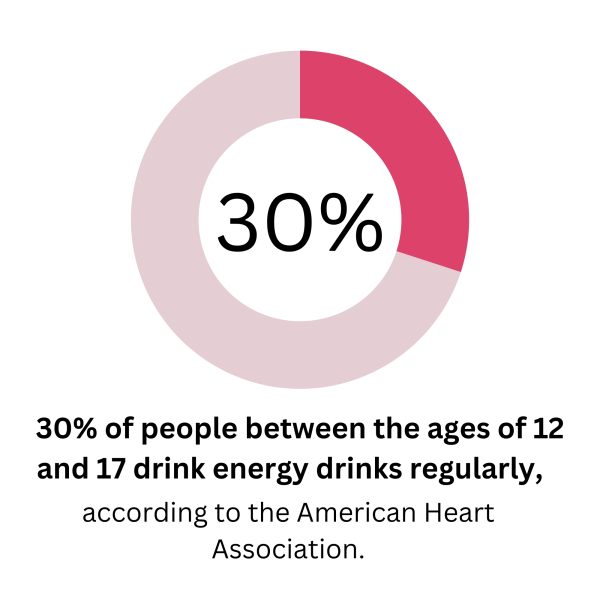
“I love Celsius because there are a lot of fun and different flavors to try. Whenever I’m super tired I know a Celsius will get me through anything I need energy for,” said Lola Lagerloef, a sophomore at Carlmont.
However, the increasing consumption also poses a threat to adolescent health.
Forty percent of teens reported noticeable side effects while consuming energy drinks including insomnia, breathing difficulties, headaches, anxiety, and seizures, according to a study from Chapman University in 2018. The impact of caffeine on sleep schedules can be particularly harmful to teens, as they are already sleep-deprived. Additionally, teens especially can be vulnerable to caffeine dependence as energy drinks are readily available to anyone.
Riya Ohri, a junior at Carlmont, has experienced the harmful effects of the charged beverages firsthand.
“Once, around two years ago, I drank three cans of Celsius and then I played three volleyball games back to back,” Ohri said.
According to the American Academy of Child and Adolescent Psychiatry, individuals between the ages of 12 and 18 should not consume more than 100 mg of caffeine a day, and it even recommends that adolescents avoid energy drinks altogether. Three cans of Celsius is the equivalent of 600 mg of caffeine.
“After, I started hyperventilating and I couldn’t breathe. I had to go to the emergency room, and I was given an IV and put on a monitor,” Ohri said.
“I think energy drinks promote very unhealthy habits in teens today. Teens depend on them to get through the day when they should be receiving their energy through healthier sleeping and eating habits,” Lagerloef said.
Not only are the caffeine levels in energy drinks a red flag, but many also include ingredients such as sugar, guarana, and L-carnitine L-tartrate that could be harmful. With excessive consumption, these additives can potentially result in type 2 diabetes, heart disease, abnormal blood pressure, tooth decay, and other health issues, according to UNC Health.
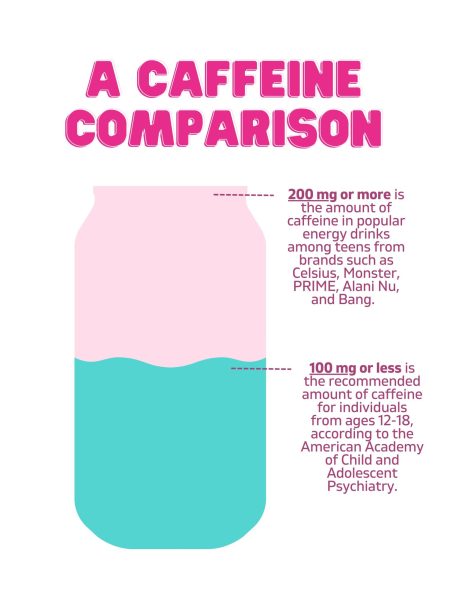
“Teens are normally already energetic. Energy drinks have a lot of sugar which could have a negative effect since you’re going to get a short-term high but then crash,” said Erika Quintana, Carlmont’s school nurse. “There’s a lot of natural stuff out there that teens can take to give them energy.”
As Quintana stated, there are various healthier alternatives that can give the same energizing effect as energy drinks such as green tea, kombucha, coconut water, and even coffee.
“I know energy drinks are popular, but in terms of health and wellness, it’s important to be better about yourself as far as doing something naturally rather than using something synthetic,” Quintana said.

